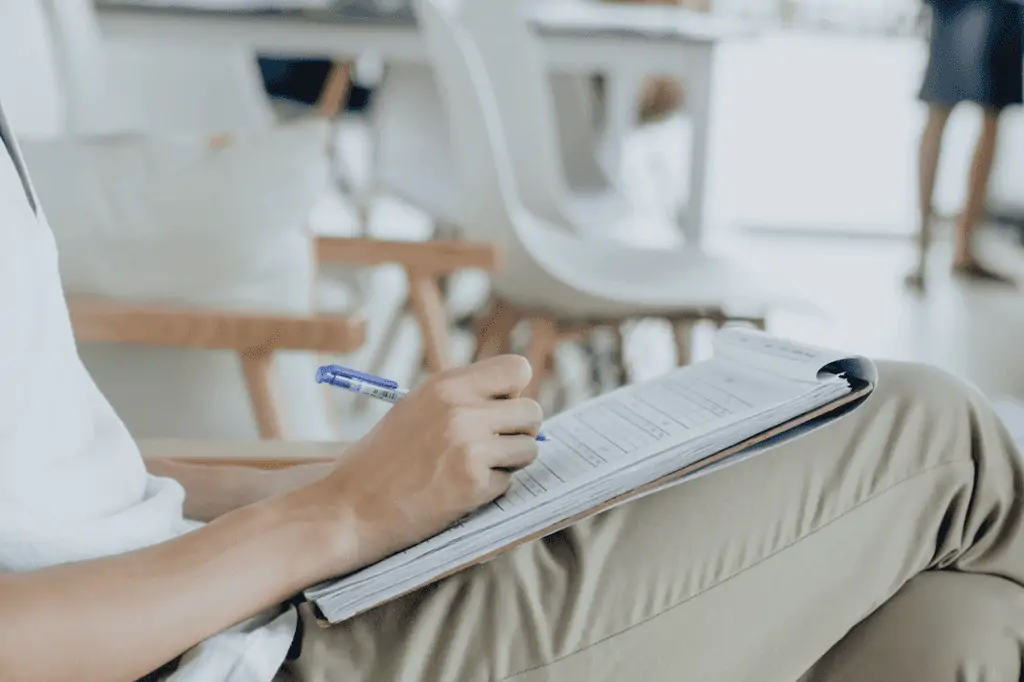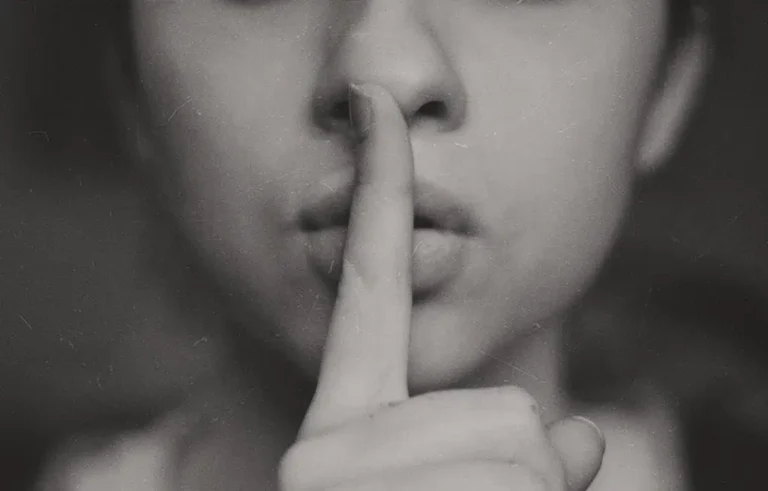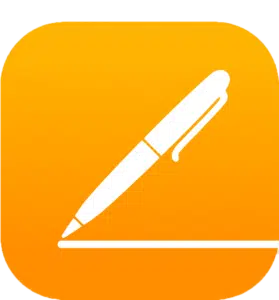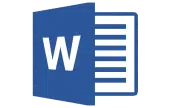You’ve found the perfect new job opening, updated your resume, and brushed up your professional references. But before you press send, something still seems to be missing — a proper introduction. That’s where a cover letter example can come in handy.
Although some applications require a basic form to fill in (often with a section to include a short note), it doesn’t quite feel like enough.
A professional cover letter is a brief page that serves as your introduction when applying for a specific job. It accompanies your resume, and unless otherwise stated, companies will always recommend to include one.
In fact, you can’t go over the job search and job application process without discussing cover letters — which brings us to the topic of this article. Cover letters are a crucial step toward getting your desired job.
Whether you’re a potential employee, freelance professional, or independent contractor pitching for a client job, cover letters are usually the first impression you give as a candidate for the available job.
For this reason, it’s important to craft one with a lot of care and thought. Read on to find out what you need to know about this important part of the employment process as well as a helpful cover letter example to give you a winning edge.
Cover Letter Basics
A cover letter is a way of introducing yourself as an applicant for the available position in a company. As a complement to your more factual resume, the cover letter carries a personal tone and is usually the first point of contact you have with a prospective employer.
The general intention is to introduce yourself, convey your interest, highlight your qualifications, and explain why you’re the ideal candidate for the position.
Equally important is the chance to share a bit more about yourself in a way that you can’t really do on a resume. Cover letters are written in paragraph form, which allows it to flow more naturally and explain your work background in greater detail.
At the end of a well-written cover letter, the reader should be interested enough to read your resume and schedule an interview.
Why a Cover Letter Is Important
Although your resume contains most of the important information, the cover letter is what gives it context. It puts a personality to the page, explaining in a more fluid way how you’re qualified and why they should consider you for the job.
In addition, you can use your cover letter to put some things in a more positive light. If you’ve had a career change, a large gap in employment, or are in the process of relocating — a cover letter can help to explain these things.
Furthermore, even if not explicitly required, some employers may see personalized cover letters as a sign of sincere interest. They recognize that the applicant took the time to think through the position as opposed to someone who simply didn’t make the extra effort.
This small difference is sometimes all it takes for an employer to decide between two candidates with similar qualifications.
Unfortunately, if your cover letter is carelessly written or has a lot of typos, it may work against you. All it takes is a quick glance from a hiring manager or recruiter to know if the candidate is not a right fit for the job.
The 3 Parts of a Cover Letter Template

The format of a cover letter template guides both its content and presentation. As a formal document, cover letters follow the standard letter format — an introduction, a body, and a closing.
All three parts of the cover letter format should be concise and provide answers to the following questions:
1. Introduction Paragraph: Why you are writing? Why are you interested in the position?
2. Body Paragraphs: What do you have to offer? Why should the company be interested?
3. Closing Paragraph: When and how you will contact them for a follow-up.
Introduction Paragraph
The first sentences of the opening paragraph should explain the reason for the letter — who you are, how you heard of the company and opening, and why you’re interested in the job title.
If you were referred by a friend, employee, or mutual acquaintance, be sure to highlight this early on in the first paragraph, as it establishes a common ground and keeps the potential employer interested to learn more about you.
Body Paragraphs
Usually between 1–3 paragraphs, this section showcases your understanding and ability to fulfill the needs of the position. It’s best if you can align the body to the exact requirements listed on the job posting.
Rather than just reiterating what’s already in your resume (if your cover letter is well received, they will read your resume anyway), explain how your work experience can further contribute to the company.
Emphasize your key achievements and relevant skills, and how these relate to the position you’re applying for. If you’d like to include any portfolio links, work samples, or references, this would be a good time to do so.
Closing Paragraph
Remember that your cover letter is just the first step — your real intention is to secure an interview and eventually score the job. With this in mind, close the letter with a strong call to action.
Repeat your interest in the job and let the employer know how they can reach you — your phone number, email address, LinkedIn, or any other contact information should be clearly stated on both your cover letter and resume.
In addition, you can also note how you plan to follow up with the company. This may seem a bit forward, but it’s essential in the application process. Some employers simply may not have the time to respond to every letter they receive. If you don’t hear back in a week or so, a short email or phone call will pay off.
And of course, don’t forget to close your cover letter with a pleasant sign-off (e.g., Sincerely, Respectfully, Best regards) and signature.
How to Write an Effective Cover Letter
Aside from having the proper format, all the necessary information, and no typos, a great cover letter should be effective. Write one that best serves this purpose by applying the following cover letter writing tips:
Make it personal.
Cover letters should be customized for the position you want. Although you don’t have to start from scratch for every letter, the content should still be tailored to best reflect the job description and what makes you the ideal person for that particular role.
It’s best not to start with the standard “To Whom it May Concern” salutation — instead, address the cover letter to a specific person. If you don’t know the hiring manager’s name, reach out to the company or search online. If you still can’t find a name, then address the letter to the hiring position or department (i.e., Dear Hiring Manager or To the Human Resources Manager) — do not use “Dear Sir,” “Greetings Madam,” “Dear Mr.” or any terms that may come off as sexist.
Keep it to one page.
The best cover letter length is about 3–5 paragraphs at most, and never longer than a page. Use the precious space to answer the aforementioned questions and anything else needed to support your resume application — everything else should be removed.
Focus on how your skills can solve their problem.
The whole reason for writing a cover letter is to answer the question, “Why does the company need you?” The general answer is because they have a problem that needs solving. The specific answer — and one that should be found in your cover letter — is what you can offer to be part of that solution.
Find all the sentences that start with “I” and rewrite them.
Starting all your sentences with the word ”I” carries an unprofessional tone and can even sound a bit self-centered. Remember, as an applicant, it’s important to keep the focus on what you can do for the company. For instance, instead of writing “I have attached a copy of my work,” restructure the sentence as “Enclosed is a copy of my work for your convenience.” A good rule is to not use “I” more than twice per paragraph.
Keep things interesting.
All forms of writing should ideally hold the reader’s interest — this is even more important if that reader is deciding whether or not you’re moving forward to a job interview. Keep their eyes on your cover letter by adding variety — offset long sentences with short ones, use adjectives and action verbs to add interest to your skills, and use transitional phrases (i.e., with that in mind, for this reason) to help your letter flow more smoothly.
Proofread, proofread, and then proofread again.
After finishing your cover letter and before submitting your application, make sure to proofread for any spelling or punctuation errors. Read the entire page out loud from the first to the last word, or have a friend or family member help you check for anything you may have missed.
Cover Letter Example
To see how the above tips can help you craft a perfect cover letter, the following is a sample you can look to when writing your own. There are also a number of useful websites that offer cover letter examples for different industries.
Dear Cindy Truman,
My name is Jonathan Feinerman, and I am a marketing professional very interested in the opening social media manager position in your company. With five years of content creation and marketing experience under my belt, I’m eager to apply my skills and knowledge as a member of your team.
In my previous role, I successfully implemented new email and newsletter campaigns focused on engaging new clients. By analyzing customer feedback and data, as well as A/B testing content and layouts, our team was able to increase its customer base by 40% from the previous year. I am also proficient in social media platforms, using the Adobe Suite, and creating content calendars that effectively increase company sales.
I am passionate about what your company and brand are doing, and I would love the opportunity to contribute my extensive experience in helping you further grow your existing marketing efforts.
Thank you very much for your time and consideration. I would love the opportunity to discuss the position in more detail, and can be reached through the following contact details for any further questions you have.
Sincerely,
Jonathan Feinerman
(222) 222-2222
Cover All Bases
Even if a cover letter isn’t required, it’s still better to include one rather than to send a resume alone. Not only is a cover letter a great opportunity to introduce yourself to a prospective employer, writing one is also good practice for organizing your thoughts and preparing for your dream job.








